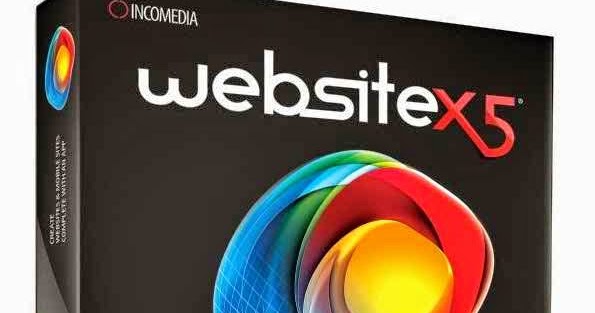Reaktor 5 Library Download Mac

Native Instruments recently expanded its series of free players to include. You can download it separately or as part of the Komplete 7 Players bundle (also free), which includes Kontakt 4 Player, Guitar Rig 4 Player, and Kore 2 Player. Each player comes with some quite usable content illustrative of the offerings available for the full instrument. Beyond that, there are commercial packages priced from $59 available for each of the players. The one downside is that the players are save-disabled; as a workaround, you can save modified plug-in settings as part of a DAW file. The Reaktor 5 Player is a great way to get your hands on some of Reaktor's highly unusual instruments and effects (called Ensembles). The download includes three of my favorites: the Newscool beatbox based on John Conway's computer simulation Game of Life, an atmosphere generator called SpaceDrone, and the full-featured subtractive synth, Carbon2.
FeedReady features also available in this tool. 
Reaktor Factory Library
All three come with banks of presets that will keep you busy for a while. Of course, Native Instruments' motivation for developing the suite of free players is to entice you to buy the full versions or some of the content packages. For Reaktor 5 Player there are currently four: two incredible synths, Spark (subtractive with lots of feedback options), and Prism (physical-modeled and organic-sounding), developed by Native Instruments' founder, Stephan Schmitt, along with two performance-oriented effects, The Finger and The Mouth, by British performer Tim Exile. The Finger is like having an array of stompboxes that you can activate and re-order in real time from your MIDI keyboard. The Mouth transforms (and optionally pitch-corrects) incoming audio and then uses that to drive lead and bass synths, as well as a vocoder. The processed source along with the synth and vocoder outputs are then passed through a final effects section. All the processes that involve pitch correction can use preset scales or real-time MIDI input to set the allowed pitches (see ).